Australian scientists have announced the discovery of a fascinating fossil from Victoria’s Surf Coast—a small yet fearsome ancient whale named Janjucetus dullardi. Measuring only about two to three meters long, this prehistoric predator was a far cry from the gentle giants we know today.
Despite its compact, dolphin-sized body, Janjucetus dullardi was built for hunting. It had enormous, forward-facing eyes—about the size of tennis balls—providing excellent vision, and a short snout lined with razor-sharp teeth designed for slicing through prey. Experts describe it as “deceptively cute but definitely not harmless.”
The fossil’s story is equally remarkable. It was discovered in 2019 by Ross Dullard, a local school principal, during a casual walk on the beach. Recognizing its potential importance, he donated it to Museums Victoria, where researchers confirmed it as a completely new species. The whale was named in his honor.
This species belonged to an extinct group called mammalodontids, early relatives of modern baleen whales. Unlike today’s filter-feeders, mammalodontids were active hunters, offering scientists a rare glimpse into a critical transitional period in whale evolution during the Oligocene epoch, roughly 30 to 23 million years ago.
The find is particularly valuable because the specimen is juvenile, showing unfused skull joints and open tooth roots. These details will help paleontologists understand growth patterns in early whales. This is only the fourth mammalodontid species ever recorded and the first to be named in 20 years, making it a major milestone in marine fossil research.
Scientists say this discovery sheds new light on how whales evolved from sharp-toothed predators into the massive, filter-feeding giants that roam the oceans today.

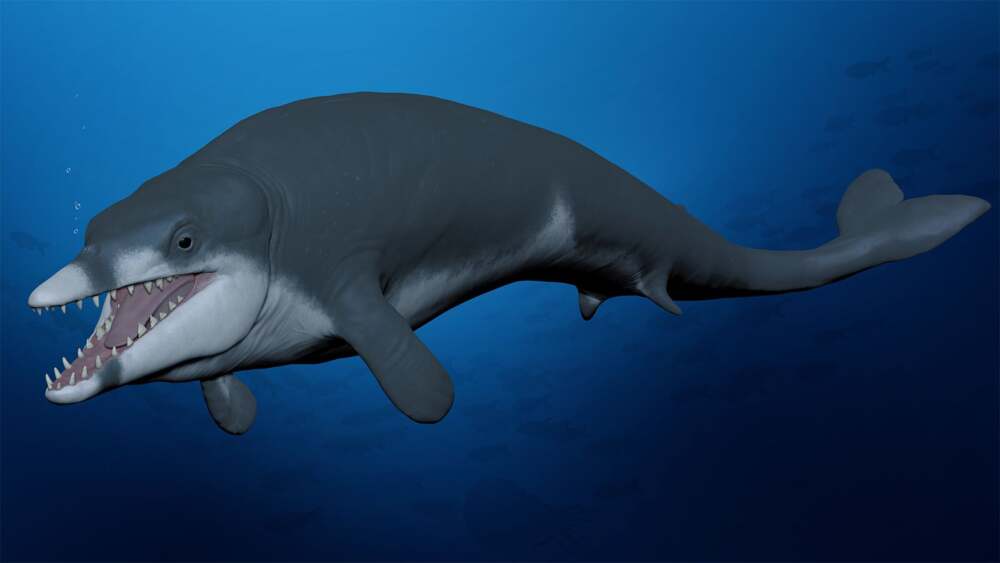






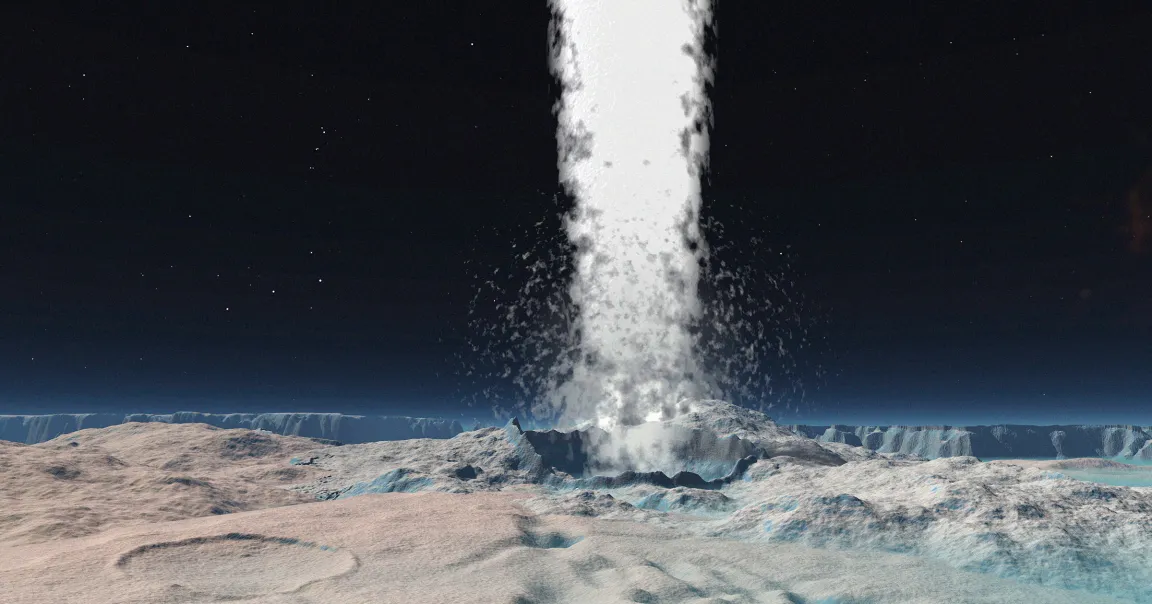
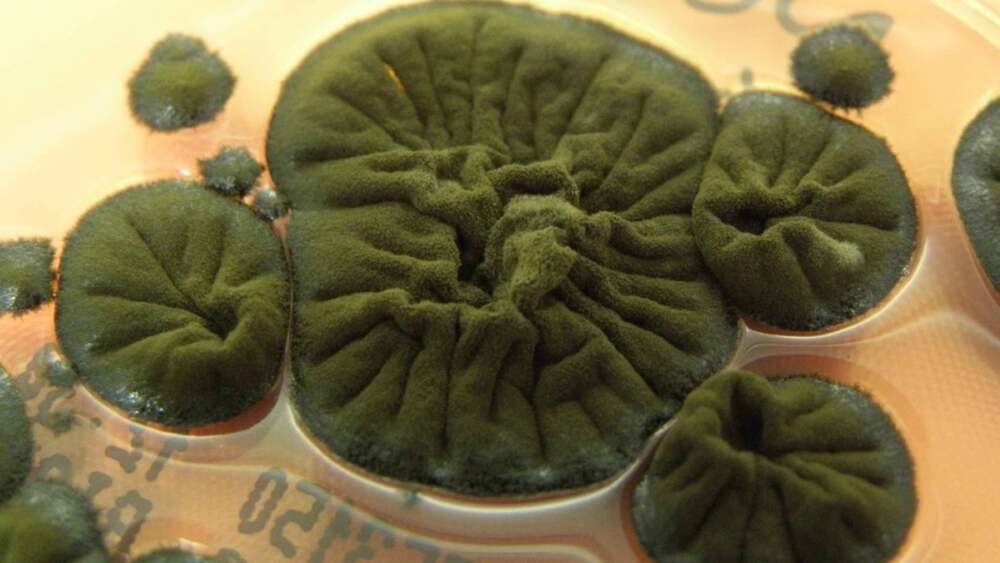
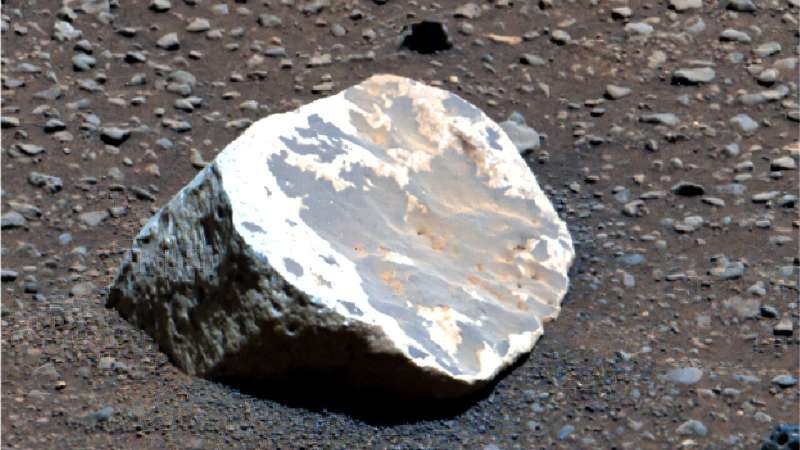
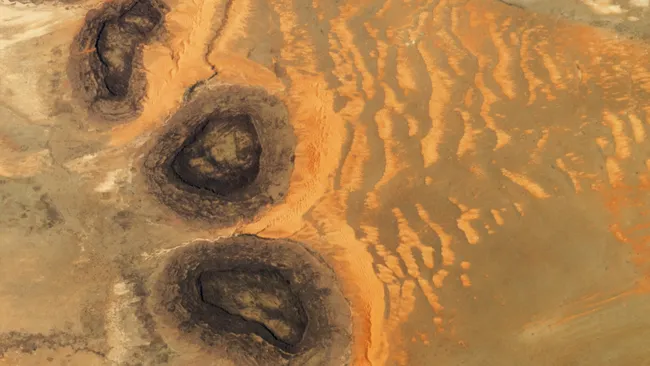


Leave a Reply